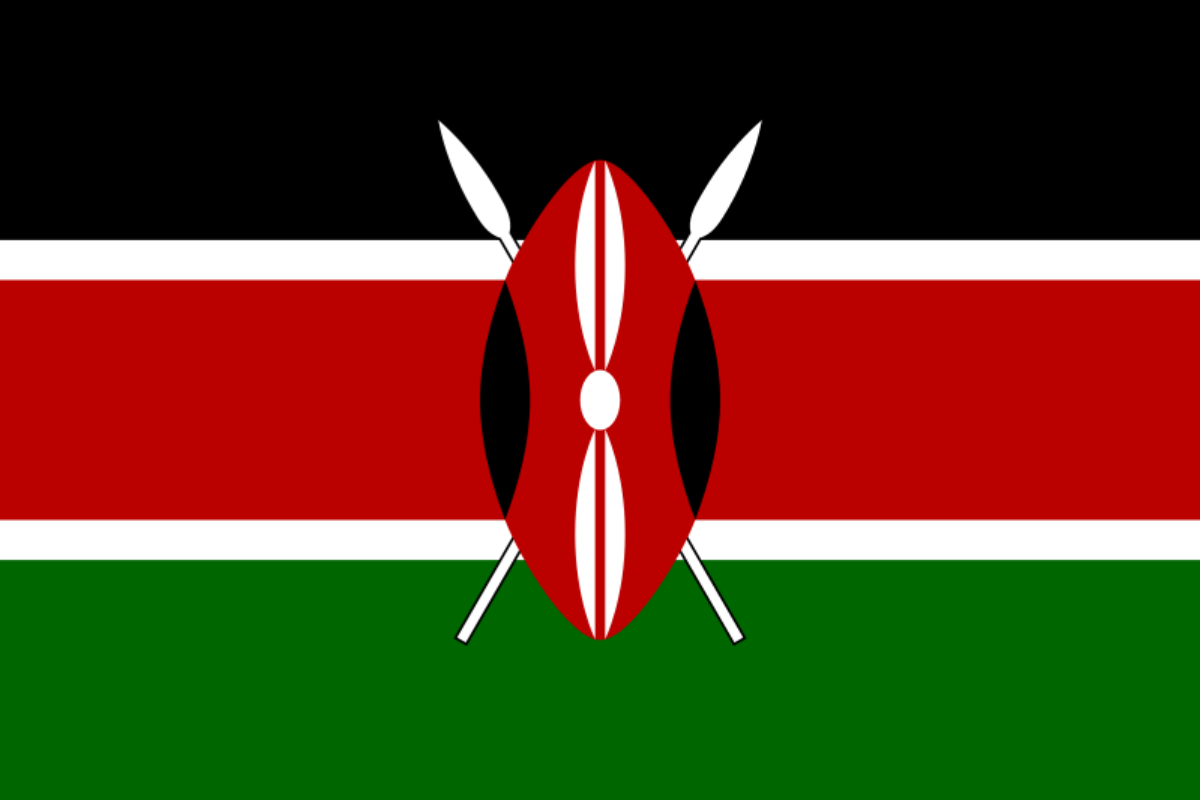The national animal of Kenya is the lion. This iconic big cat is one of Africa’s most recognizable animals and there are a great many of them to be found in Kenya. These animals hold a sacred place in the minds of many Kenyan people and have become an official national symbol.
Lions are without doubt one of the most influential animals on human culture.
They have secured themselves a place in the minds and imaginations of people across countless different cultures across history and into the modern day.
They are vitally important to Kenya today; so let’s find out more.

What is the national animal of Kenya?
The national animal of Kenya is the lion, more specifically the east African lion subspecies.
Kenya sits on Africa’s east coast and it is in this general region of the country that many of the eastern subspecies can be found.
Lions are, again, among the most iconic and culturally significant animals in the world.
This is true not only of Kenya but many African countries and even widely outside of Africa in places where lions have not been found in the wild for millennia.
They hold a very important place in the minds of the Kenyan people.
They tend to inhabit grasslands, shrubland and savannahs.
They are mostly diurnal and active during the daytime, though this behavior can change where necessary to their survival.
The species is fairly sexually dimorphic, with the males sporting large, thick manes around their heads and necks which the females generally, though not always, lack.
They hunt large ungulates like zebra and gazelle, with hunting being a group activity led by females.
They are fairly unusual as large cats go as they live their lives in large groups called prides.
Many big cat species that we are familiar with tend to live solitary existences; tigers, leopards, even mountain lions generally are solitary creatures.
But cats can live in groups up to 20 strong.
They were first described in modern taxonomical terms in 1758 by naturalist Carl Linnaeus.
As mentioned, Kenya’s national animal is specifically the eastern subspecies, distinguished only in a few small ways and which was first proposed in 1842 by Charles Hamilton Smith.
Manes tend to be smaller and the color of their coat is generally a bit duller than in other groups of lions.
Why, then, is this Kenya’s national animal?
Why is the lion the national animal of Kenya?
The lion is the national animal of Kenya for a variety of reasons.
Firstly, it is obviously a widely recognizable symbol all across Eurasia.
The lion embodies courage, strength, and power, yet at the same time it is a subtle, graceful and hauntingly beautiful animal.
They are dangerous and yet they, from our point of view, seem regal in their own right; in Africa they are known as the king of the beasts.
All of these things are important to Kenyan national identity.
Beyond that, though, the fact is that lions are a highly threatened species.
In the Neolithic period, their range was enormous, spreading across large swathes of Eurasia.
Today, they are only found in Africa and some small groups in India.
In Africa they are often poached for trophy hunting, as well as being killed in retaliation for the loss of livestock.
The destruction of their habitat is also a huge problem for them.
So, conservation is an important question for the lion; by making it their national animal, Kenya also hopes to draw attention to this problem.
Awareness of an issue is one big milestone in moving to a solution, so this is another important aspect of the choice.
How many East African lions are left?
It’s difficult to put a figure on the number of East African lions specifically.
It’s worth noting that their position as a distinct subspecies is somewhat disputed and not everyone agrees they are different enough to constitute this distinction.
As a result, few surveys of the actual subspecies are done in terms of numbers and population figures.
On the whole, there are estimated to be around 24,000 lions left in the wild in Africa.
Their numbers have rapidly declined, though accurate past estimates are also virtually non-existent so it’s difficult to say by precisely how much.
They are officially listed as vulnerable.
Are lions only found in Africa?
There is one place where lions are found outside of Africa, as there is a handful living in the wild in India.
Other than this, though, it’s quite remarkable to contemplate the past distribution of lions; they ranged from Africa and Eurasia to India and southeast Europe.
Today, they are only found in any large numbers in sub-Saharan Africa in broken populations alongside one small population in India.
So, there are lions found in the wild outside of Africa, but literally only in one single place; for all intents and purposes, lions are now an African animal.
So, again, it’s very hard to overstate the importance that lions have had in the development of human culture.
They have always been known to humans in one place or another at any given time, and we have always been awed by their power and ferocity.
Today, though, they are threatened from all sides and the decision of governments like Kenya to recognize them as the national animal is not just important as a symbol in its own right but as a conservation measure.
